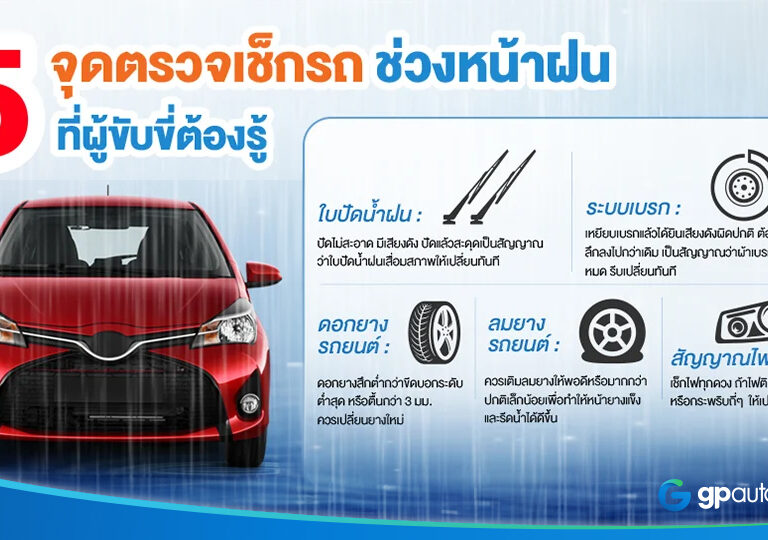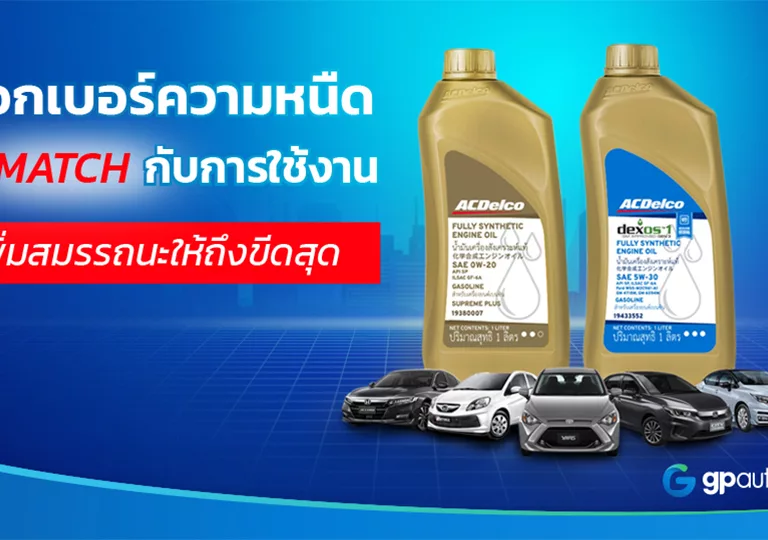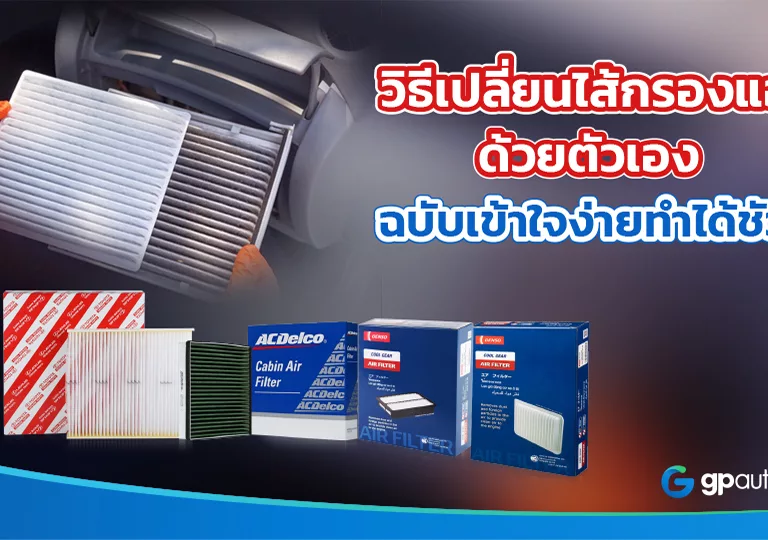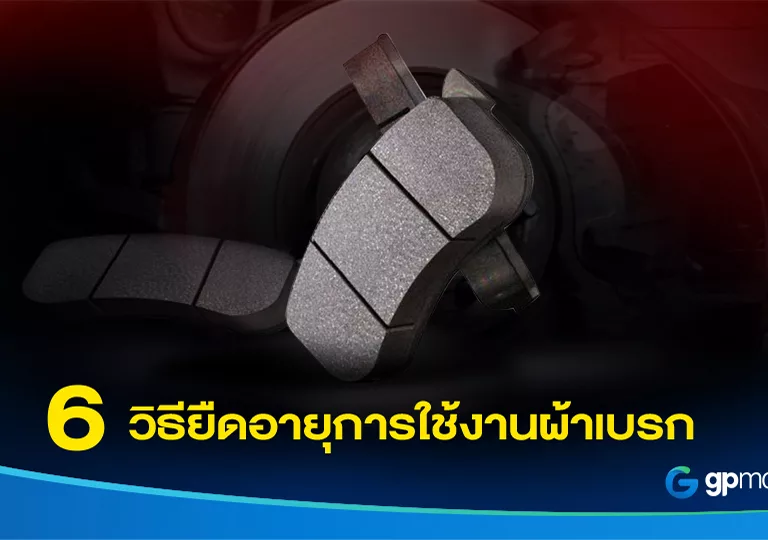PM 2.5 refers to fine particulate matter, where “PM” stands for “Particulate Matter” or dust particles.
The number 2.5 refers to the size of the particulate matter, which measures no more than 2.5 microns in diameter. To put this in perspective, 2.5 microns is about 1/25th the width of a human hair. This tiny size makes PM 2.5 particles so small that the nose hair, which acts as a filter, cannot block them.
Because of their small size, PM 2.5 particles float in the air along with water vapor, smoke, and gases. This allows them to easily enter the respiratory system, bloodstream, and other organs in the body. Additionally, they can carry harmful substances on their surfaces, such as mercury, heavy metals, and carcinogens. These substances can cause significant harm to the body.
Causes of PM 2.5 Pollution
- Wildfires, waste burning, and open-field agricultural burning, such as burning sugarcane fields and weeds.
- Smoke from industrial processes and dust from construction activities.
- Emissions from transportation and vehicles, including exhaust fumes and incomplete combustion in engines.
- Power generation, such as burning petroleum and coal.
- Everyday human activities, such as smoking, burning incense and candles, paper burning, and using photocopiers.
According to the Department of Pollution Control, it is stated that over 60% of the hazardous PM2.5 originates from diesel engines that burn incomplete fuel, resulting in black smoke and particulate matter. Additionally, around 35% comes from open burning of waste and construction activities.
Warning Signs That PM 2.5 Is Affecting You!
If you think PM2.5 isn’t dangerous and is just another type of dust, think again. Due to its incredibly small size, PM2.5 can easily enter your body and severely impact your health. In extreme cases, exposure to this toxic dust can even be fatal. Let’s look at some symptoms indicating that you might be affected by this harmful dust.
1. Red eyes, swollen eyelids, dark under-eye circles, and frequent tearing.
2. Skin eruptions such as bumps or rashes that are red and spread across the skin.
3. Itchy, burning, or congested nasal passages, accompanied by clear nasal discharge.
4. Coughing, sneezing, and a feeling of tightness in the chest.
5. Fever or feeling unusually warm.

In the initial stages of exposure to PM2.5, you might not notice significant effects. However, prolonged and continuous exposure to these fine particles can lead to serious long-term health impacts, both internally and externally.
- Slow brain development, attention deficit
- Allergies and asthma: Individuals already allergic to dust will experience aggravated symptoms
- Potential development of severe diseases such as lung cancer, ischemic heart disease, and pneumonia
- Burning pain on the skin; severe cases may cause hives on the face, joints, and groin
- Damage to skin cells, leading to weak, easily wrinkled skin
- Prolonged exposure to PM2.5 during pregnancy can negatively impact the fetus
How to Live Away from PM 2.5
We cannot predict when the issue of fine particulate matter like PM2.5 will be resolved. The control measures seem too overwhelming for ordinary citizens. Therefore, what we can do is take care of ourselves, protect ourselves, and avoid behaviors that contribute to the generation of PM2.5.
1. Close doors and windows to prevent dust from entering your home.
2. Avoid exercising or doing heavy work outdoors, especially for patients or those with weak health; they should stay indoors unless absolutely necessary.
3. Drink plenty of clean water to help flush out impurities from your body.
4. Quit smoking; this not only reduces pollution but also strengthens your body.
5. Refrain from burning trash, especially toxic waste like plastic and tires.
6. Maintain your vehicle regularly to prevent pollution, such as changing the engine oil.
7. Replace your car’s air filter to ensure it can filter out dust and pollutants from entering the cabin.
8. Always wear a protective mask when you go outside. However, since PM2.5 particles are very small, regular paper masks are not effective. It is necessary to use thicker masks (N95).
Summary
PM2.5 is a type of particulate matter that has severe health impacts and tends to occur annually. Currently, Thailand cannot completely eliminate these pollutants. Therefore, we must protect ourselves and avoid behaviors that contribute to pollution. Most importantly, always wear a mask capable of filtering PM2.5 when leaving the house. This not only protects you from harmful dust but also reduces the risk of contracting various infections.
Thank you for the information from: https://allwellhealthcare.com
___________________________________
Place an order/Become a distributor.
GP MOBILITY PUBLIC COMPANY LIMITED
Line id: @gpautoparts or Link
Contact: https://www.gpmobility.co.th/contact-us/
Follow me: https://linktr.ee/gpmobility
Service Monday to Saturday from 08:30 AM to 05:30 PM.
02-941-1222 (Auto),02-579-2882











